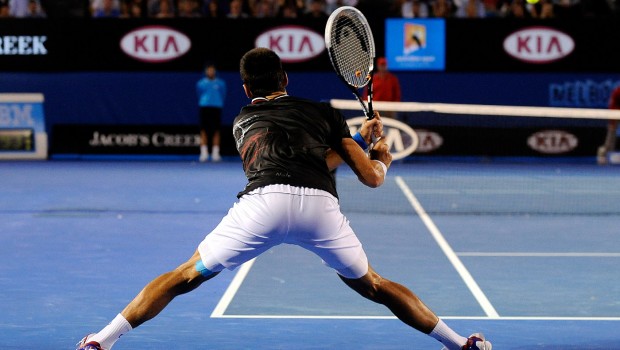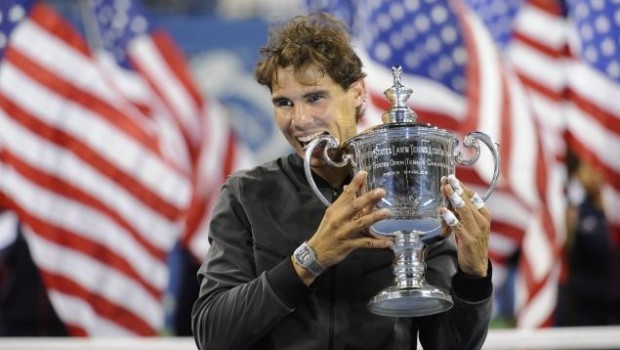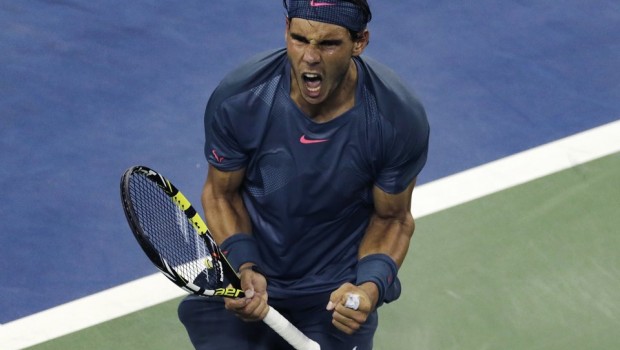Analyzing the 2013 US Open is important when we look ahead to the future of the game and trends in serving. One of the biggest trends over the last decade, has been the use of the serve as a tactical positioning tool instead of one to win points outright. At the non pro level of the game, we tend to think bigger is better, and that more trumps less. Using the statistics from this years US Open and the ATP website tells a different story. The best players in the world aren’t serving the biggest, or the most aces for that matter.
Odd Man Out
Stanislas Wawrinka was the biggest server left when it came time for Super Saturday this year at the US Open. In his semifinal defeat to Novak Djokovic, his average first serve speed was 117mph. Djokovic finished with an average first serve speed of 112mph in the match. The other semifinalists, Richard Gasquet and Rafael Nadal averaged 111mph and 110mph respectively in their match against each other. You can see in the image below, that Djokovic made 67% of his first serves
while Wawrinka came in with 50% first serves made.
The Need For Speed
Milos Raonic was the ony server who averaged more than 120mph on his first serve to make the 4th round of this years US Open. He averaged 127mph on his first serve in a losing battle against Gasquet. Raonic is currently in second place for most aces on tour this year with 851 in 58 matches. He trails only John Isner who leads the tour with 911 aces in 56 matches. Tomas Berdych is the only top 10 player who is also top 10 on the tour in aces.
First Ball Advantage
The tactical advantages are so apparent to players like Nadal and Djokovic, that they give up some free points and play the odds instead to gain a first ball advantage. In his semifinal matchup with Djokovic this year in Montreal, Nadal hit a forehand off the Djokovic return of serve 86% of the time. In his quarterfinal match with Roger Federer at Cincinnati this year, he was able to hit forehands off the Federer return of serve 75% of the time on the first ball! Nadal is trying to play his strength as early on in the point as he can to his opponents weaker side.
I Want Control
What players like Nadal and Djokovic are trying to do is play the percentages by preventing the returner from playing an aggressive return. By taking some pace off their serve and making a higher percentage of first serves in, they end up playing points with more shots involved, but they also gain the upper hand tactically from the beginning of the point. Nadal in particular, uses great serve placement to get weaker returns from his opponents that give him time to run around his backhand and hit aggressive forehands.
Apply it
- Tactical serving means serving with less pace, but also getting in a higher percentage of serves to create openings on the first ball off the return of serve.
- Getting a higher percentage of first serves in means you won’t be attacked as frequently by your opponent because you’re hitting fewer second serves in the match.
- Use tactical serving to avoid your opponents stronger return side and create openings for your own strength.






